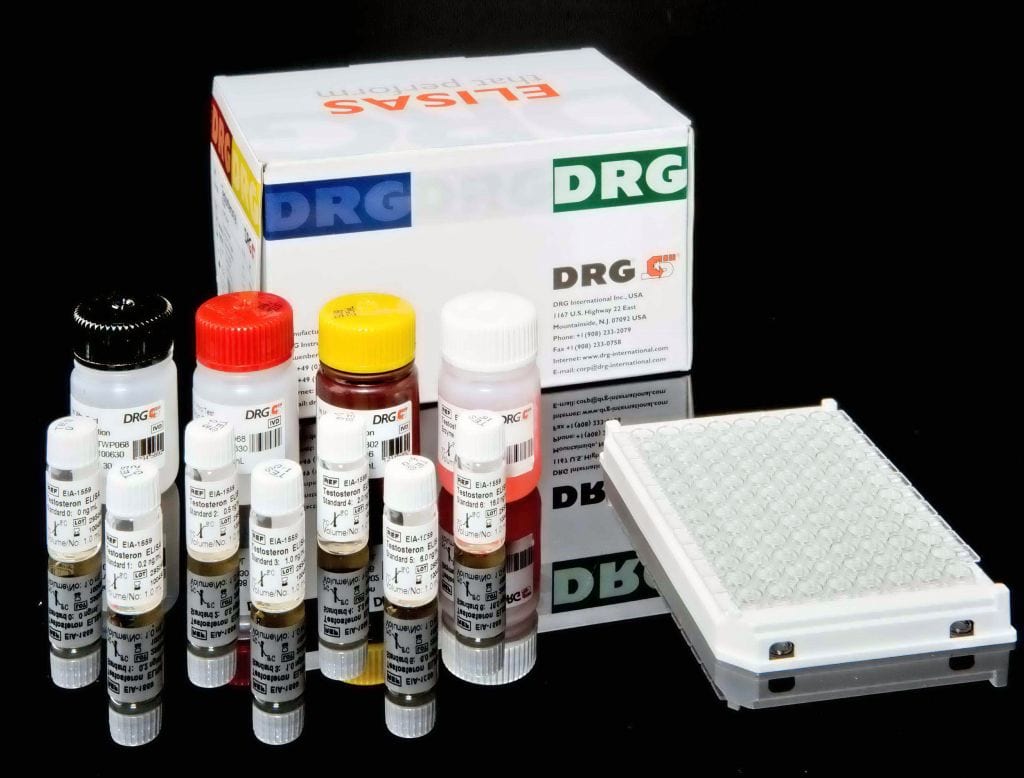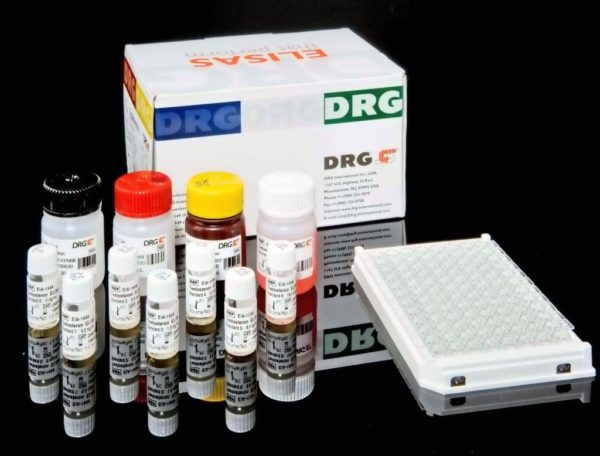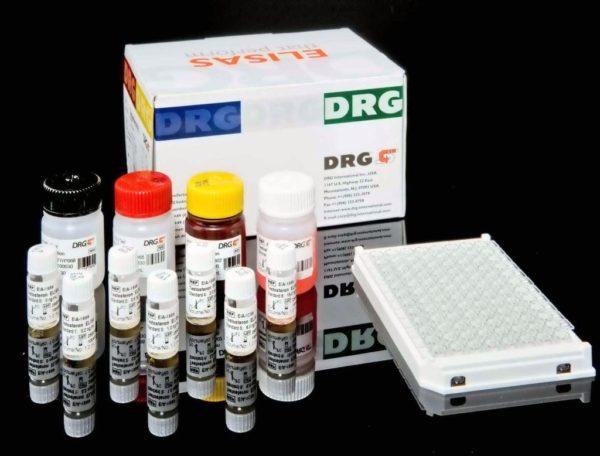Description
The HVA ELISA is designed for in vitro quantitative measurement of homovanillic acid (HVA) concentration in patientsÕ urine.
Pheochromocytomas are rare catecholamine-producing tumors. Neuroblastoma is one of the most common malignant tumors in infancy and childhood. Biochemical examinations may be extremely important in both the diagnosis and the monitoring of therapy in these conditions. However, the urinary excretion pattern of the catecholamines are, unfortunately very variable in patients, so that single determination cannot be relied on to rule the diagnosis in or out. Most studies indicate that 2-10 times the normal range of vanillylmandelic acid (VMA) is excreted in approximately 80% of patients with neuroblastoma. In smaller percentage, but clearly significant numbers, an excessive excretion of homovanillic acid (HVA) has also been found.
The HVA ELISA is a solid phase enzyme-linked immunosorbent assay (ELISA) based on the competition between HVA coated on a microtiter well and that in urine for the monoclonal antibody. Outlined steps are:Sampling and reaction: The samples are incubated in the wells with horseradish peroxidase conjugated anti-HVA monoclonal antibody.Washing: Unbound HVA and the antibody bound to urinary HVA are removed by washing with 0.9% NaCI solution.Enzyme
Reaction (Color Development): The amount of bound peroxidase is inversely proportional to the concentration of the HVA present in the urine sample. Upon addition of the substrate (TMB), a blue color is developed, then it is changed to yellow by adding Stopping Solution. The intensity of this is inversely proportional to the concentration of HVA in the Calibrators or urine samples.Absorbance Detection: After addition of Stopping Solution, absorbance is measured at 450 nm. And the readings are converted into the concentrations from the Calibration curve.




